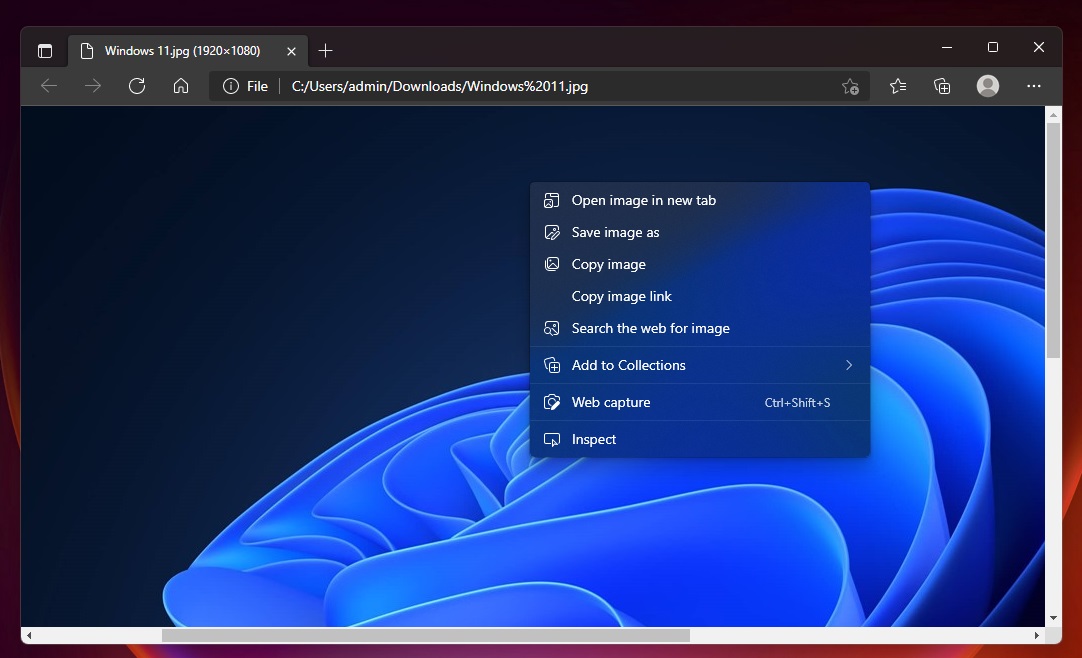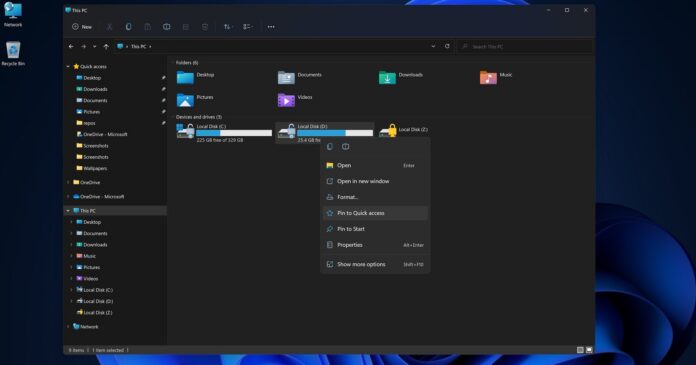Windows 11 has brought some great new features and design improvements to the operating system, but perhaps the best change is one that didn’t get much fanfare – under the hood memory optimization.
Windows 11 comes with several important changes to the way the operating system prioritizes apps and processes. Microsoft has done a lot of work in memory management to favour the app windows you have running in the foreground so they have enough CPU and system resources allotted when you launch them.
For example, when you’ve several tabs open in Microsoft Edge and you launch multiple instances of Word, PowerPoint or Excel, these apps will launch without any lag. That’s because these app processes are already running in the foreground and they’ve access to more compute resources than inactive apps.
As a result, Windows 11’s overall experience should feel responsive and fast, especially when launch multiple apps on a busy system.
“That’s seconds of time saved in this case. And the time savings add up as you use the apps over the course of your day. So it feels responsive and fast. Foreground prioritization is a big part of that. And this same concept actually applies to the Windows shell itself, the browser and your open tabs in Windows 11,” Microsoft’s VP Steve Dispensa from the Windows Management team explained.
For a better experience, Microsoft has also enabled sleeping tabs in Edge by default. This could result in an average saving of 32% for memory and 37% for CPU usage on Windows 11 and older. These optimizations will also equate to longer battery life, according to a Microsoft spokesperson.
Microsoft has also confirmed that Windows 11 will make devices resume from sleep faster than before. To offer a mobile-like always-on experience, Microsoft has optimized Windows 11 calls to hardware components.
Microsoft has also enabled a new feature that would ensure enough power is available for threads that really need it to wake up your device from sleep instantly. On devices with 8th-gen processors and newer, you can expect an “almost instantaneous” experience, similar to Windows on ARM always-on capability.
Windows 11’s new design optimized for performance
Windows 11 is all about design improvements and it comes with a new “design material” called Mica, which applies to apps like File Explorer, Settings, and nearly all inbox apps.
For those unaware, Windows 11’s Mica effect updates the background colour of the application with the desktop colour and theme to distinguish between several open instances of apps.

Thankfully, Microsoft has optimized Mica and rounded corners for performance. In a Q&A, Microsoft promised that “performance is a top priority” for the new design language and these new materials don’t harm the usability of the OS.
In fact, Mica is expected to be faster than Fluent Design materials like Acrylic.
It’s worth noting Windows 11 is not going to be significantly faster than Windows 10, but the overall experience is expected to be slightly better. On devices with hybrid processors like Intel’s Lakefield processor, performance gains from Windows 11 could be between 2 percent and 11 percent, according to early benchmarks.





















